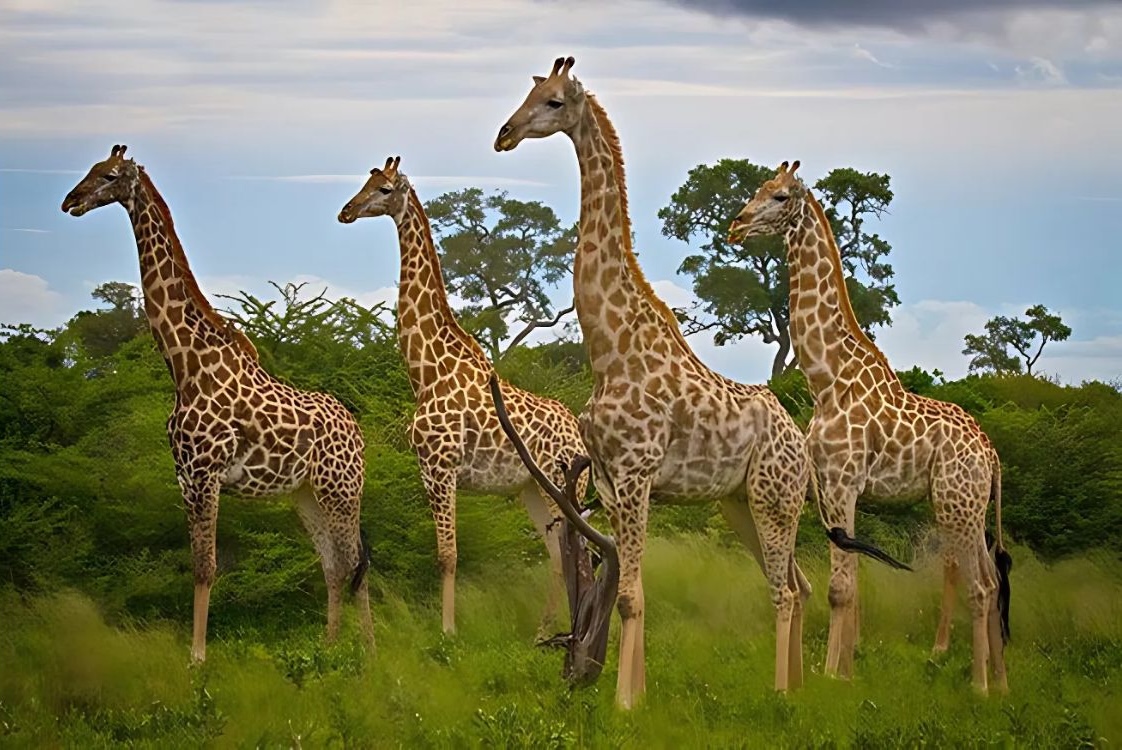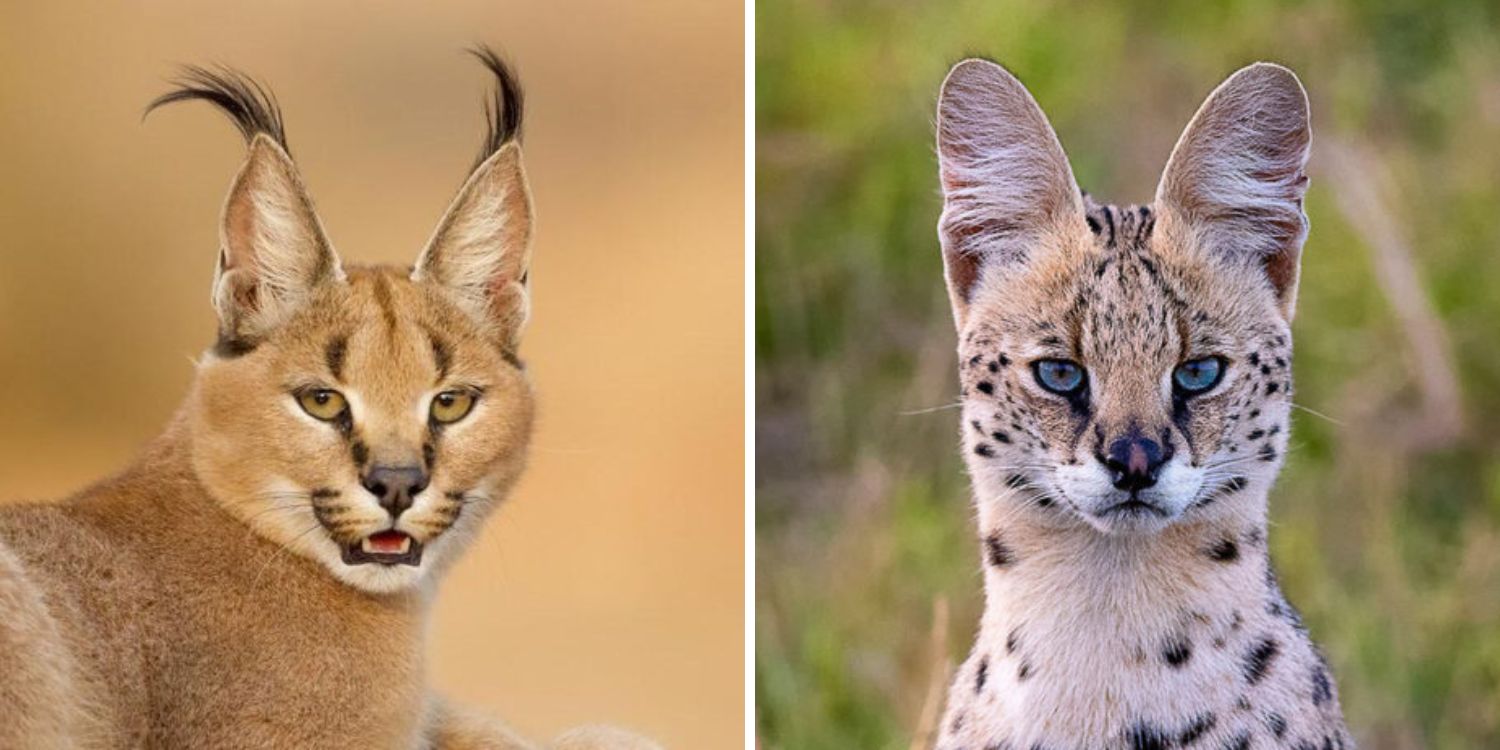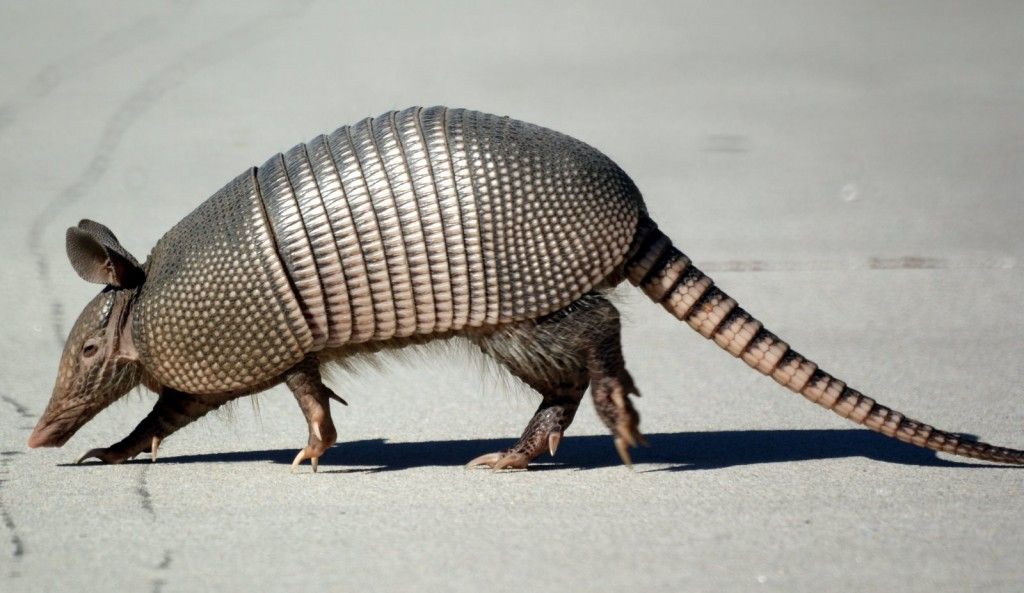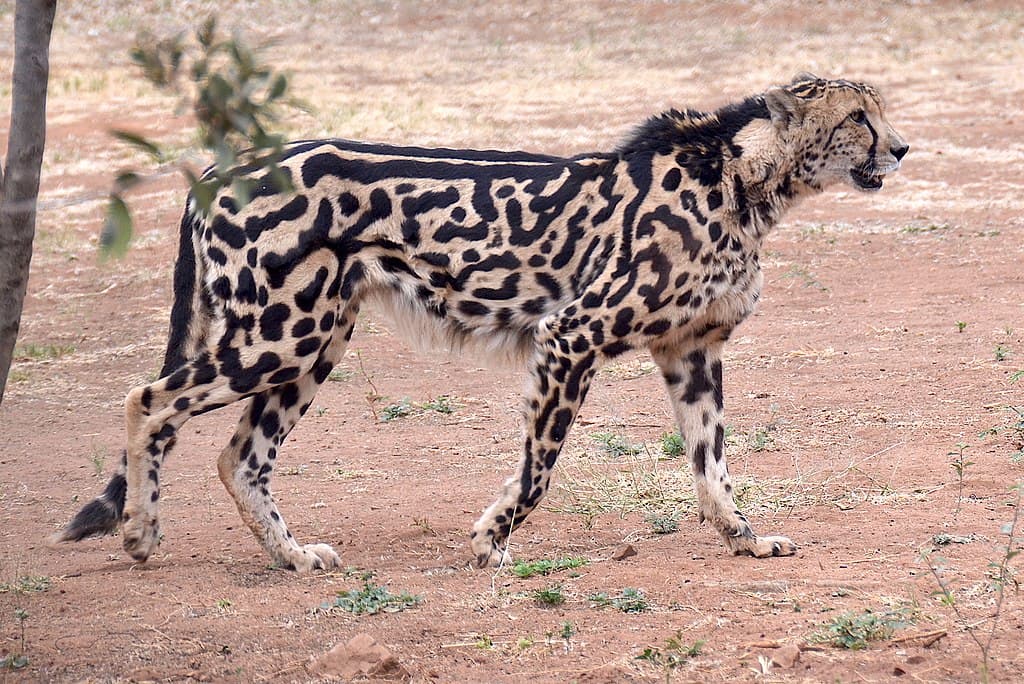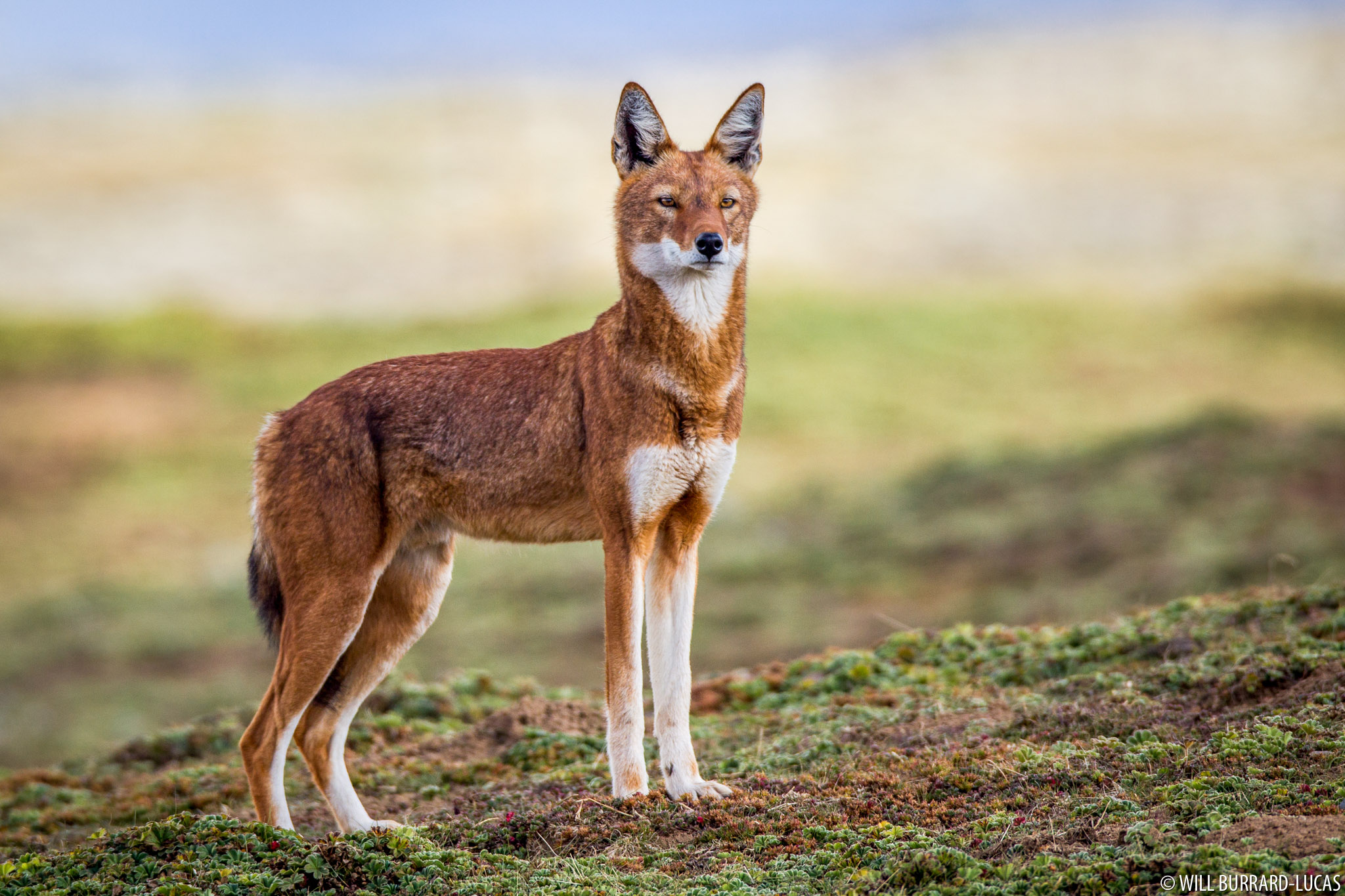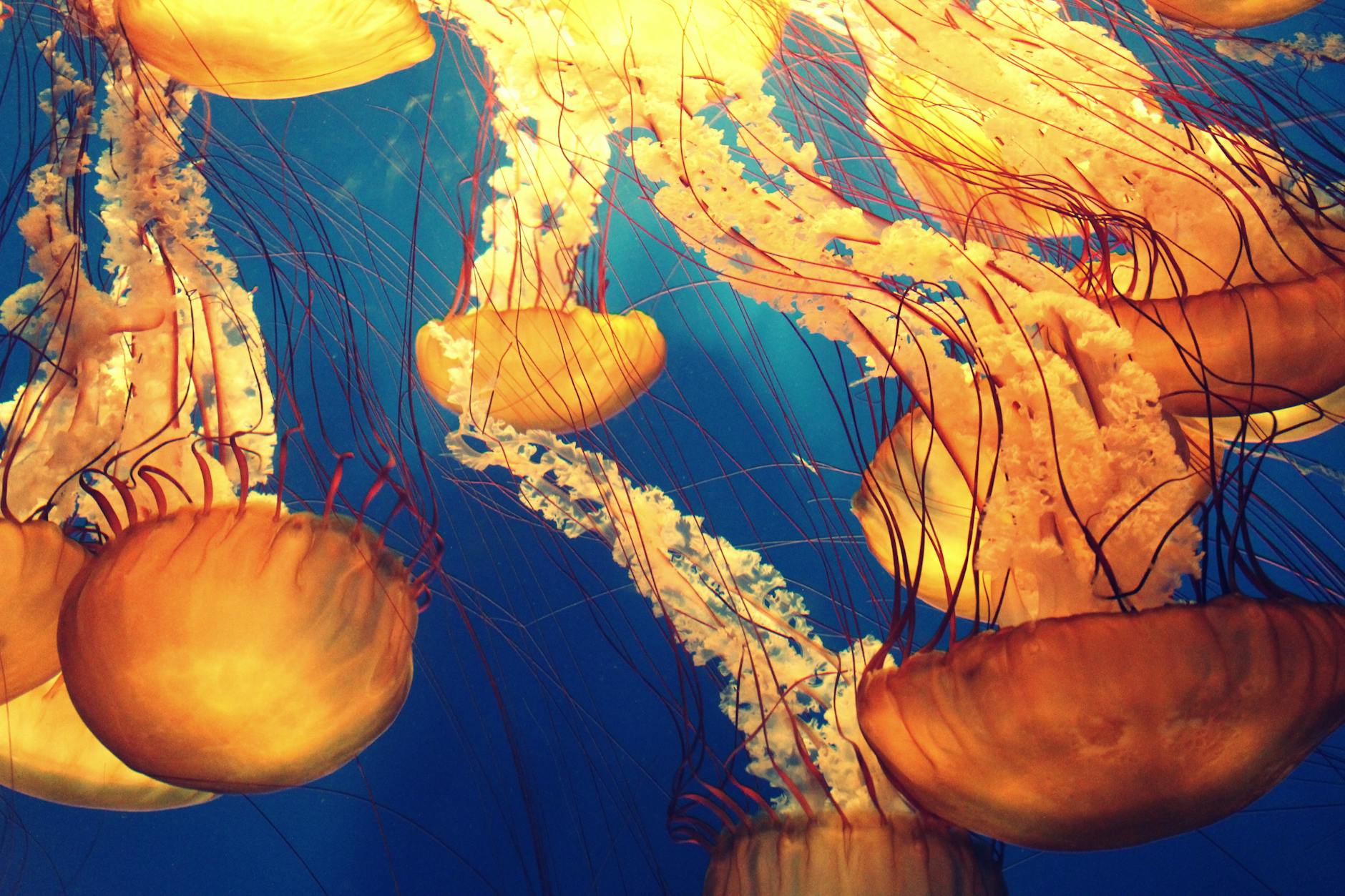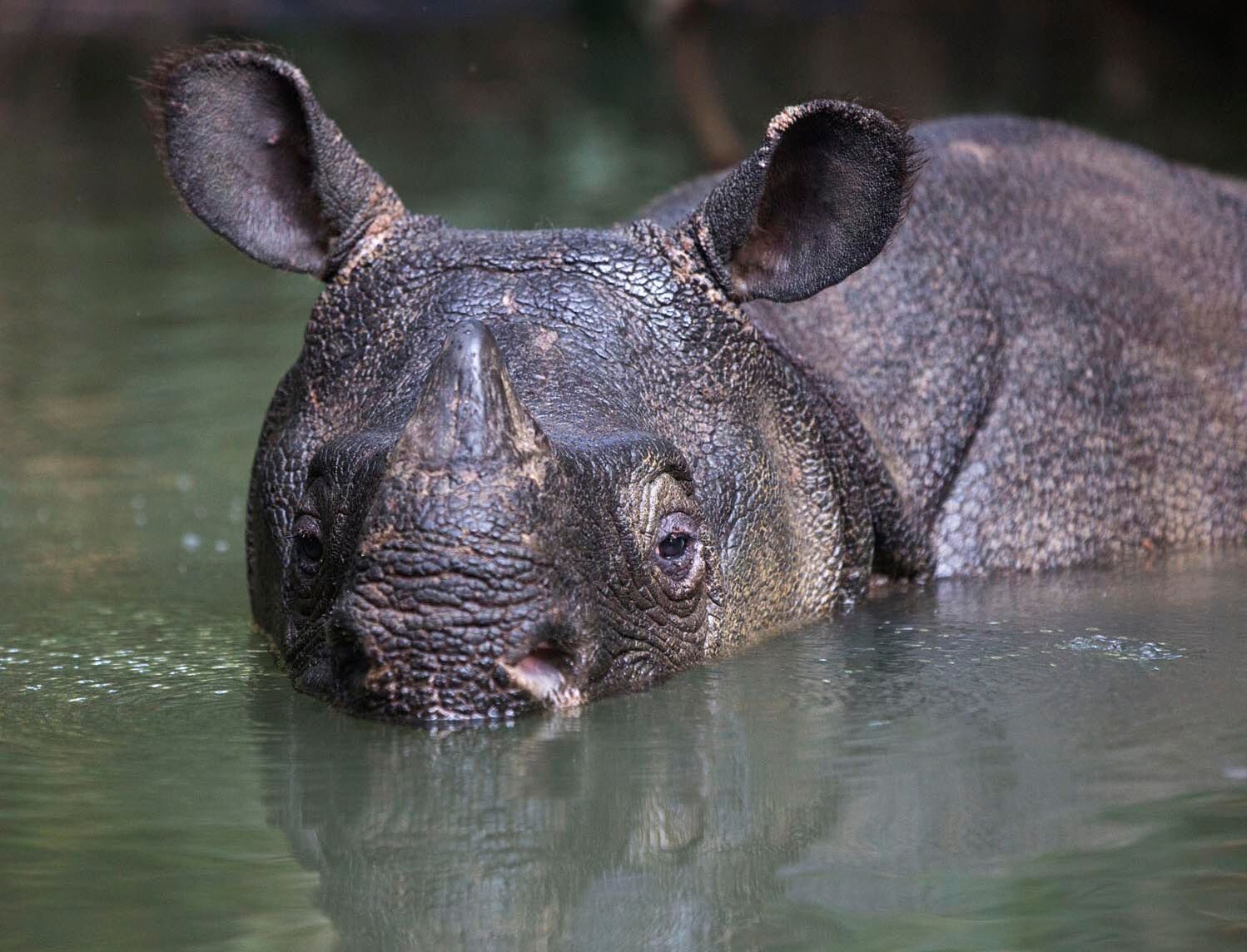
A Ghost in the Rainforest: The Fight to Save the Javan Rhino
Deep within the verdant expanse of Ujung Kulon National Park in Indonesia, a solitary shadow lingers – the Javan rhino (Rhinoceros sondaicus). This critically endangered creature, the rarest large mammal in Asia, fights for survival in the face of numerous challenges.
A Species on the Brink:
With only around 75 individuals remaining in the wild, the Javan rhino stands at a critical juncture. Habitat loss, poaching, and disease have driven their numbers to a point where every individual is crucial for the future of the species.
A Relic of the Rainforest:
- Unique Characteristics: The Javan rhino is the smallest of the five rhinoceros species, boasting a single horn and a series of skin folds that resemble armor plating. Their greyish-brown skin provides some camouflage within the dense rainforest undergrowth.
- Solitary by Nature: These rhinos are solitary creatures except during breeding season. They are nocturnal and primarily herbivorous, feeding on leaves, fruits, and twigs found within their rainforest habitat.
- Ecological Significance: Despite their small population, Javan rhinos play a vital role in maintaining the health of the rainforest ecosystem. By consuming a variety of vegetation, they help control plant growth and promote biodiversity.
Facing Extinction:
Several factors threaten the very existence of the Javan rhino:
- Habitat Loss: Deforestation and conversion of land for agriculture and development have significantly shrunk their habitat, pushing them into smaller and more isolated areas.
- Poaching: Despite international bans, poaching for their horns remains a persistent threat, driven by the illegal wildlife trade.
- Disease: Rhinos are susceptible to various diseases, and their small population size makes them especially vulnerable to outbreaks.
A Beacon of Hope:
Conservation efforts are underway to bring the Javan rhino back from the brink:
- Protected Areas: Ujung Kulon National Park serves as a critical sanctuary for the remaining Javan rhinos, providing them with protected habitat and resources.
- Anti-Poaching Efforts: Strengthening law enforcement and increasing ranger patrols are crucial to combat poaching activities.
- Breeding Programs: Captive breeding programs aim to increase the population and reintroduce rhinos back into safe areas in the wild.
How You Can Help:
Every individual can contribute to the fight for the Javan rhino:
- Support conservation organizations: Donate to or volunteer with groups working to protect rhinos and their habitat.
- Raise awareness: Spread the word about the plight of these magnificent creatures and the importance of conservation efforts.
- Make sustainable choices: Choose products and services that prioritize responsible forestry and minimize your environmental footprint.
By joining the collective effort, we can ensure that the Javan rhino becomes a symbol of resilience, not extinction. Even small actions on our part can make a significant difference in preserving this incredible species for future generations.
More photos below ↓






